Off to Portsmouth and the historic dockyards today. Home of the Mary Rose and the Victory.
They say that getting there is half the fun. Doubtful. It’s about 90% of the effort though. We waddled off down the street to catch a train from West Bromton to Portsmouth. It always looks easy on the trip planner, and the 450m walk dragging our cases to the station was fine. The lift being out and having to drag them down the stairs wasn’t so much fun. At least we didn’t have to drag them up the stairs.
The train system here is excellent, and now you can tap on and off with a credit card, it’s ultra convenient. No tickets, no Oyster cards, just the trusty credit card. What the promo material failed to mention, was that convenience only applied to the Greater London Area.
About halfway to Portsmouth came the announcement that you needed a valid ticket beyond the next station as the tap and go no longer worked. The train only stopped for 30 seconds so there was no chance of bolting off and buying one.
Never mind, what’s the chances of a ticket inspector showing up? Fairly high. Not one minute out of the station, there he was. We pleaded stupidity and Australian (which he thought were pretty much the same thing) and £80 later we were legal again. I think we were robbed but it’s way cheaper than the £100 fine (each).
Finally Portsmouth. We dumped our bags at the lodgings and headed off to the Dockyard, after lunch.
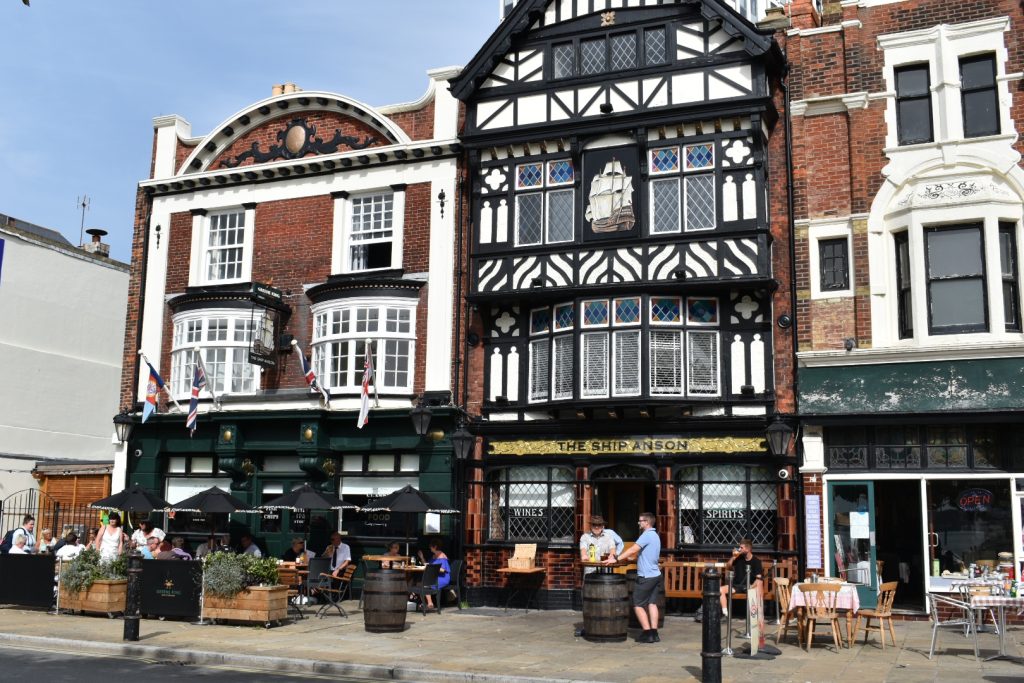
The only thing we had time for was the Warrior. A bloody huge ship and the world’s first ironclad, with about 110mm of wrought iron plate over the top of 450mm of teak planking. That’s some serious cladding.
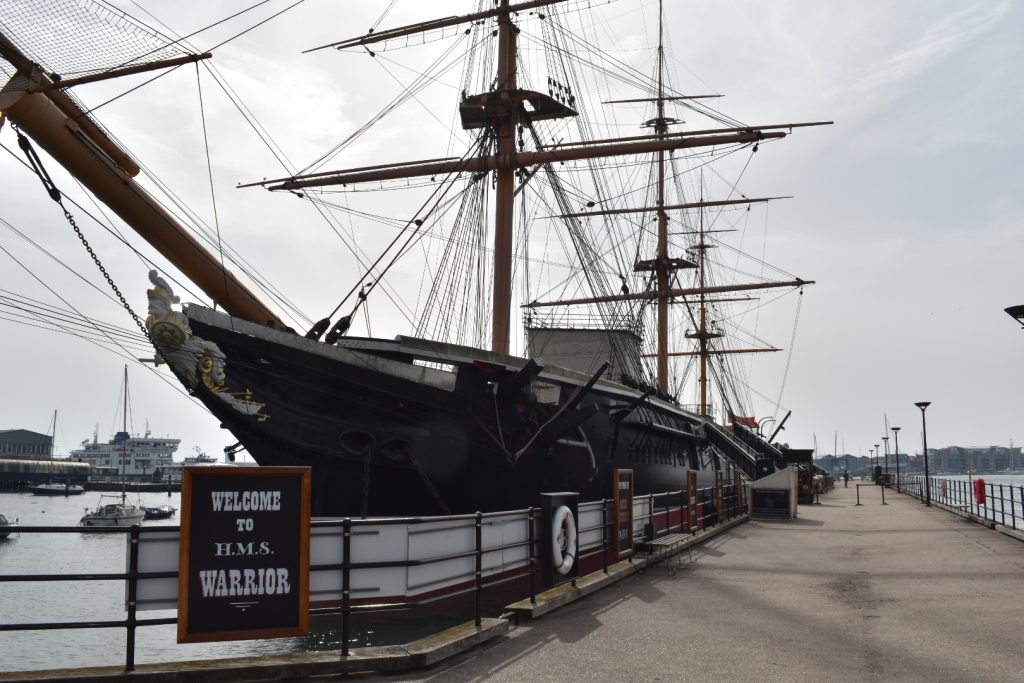
It was also the first battle ship to crossover between sails and steam, both being fitted.
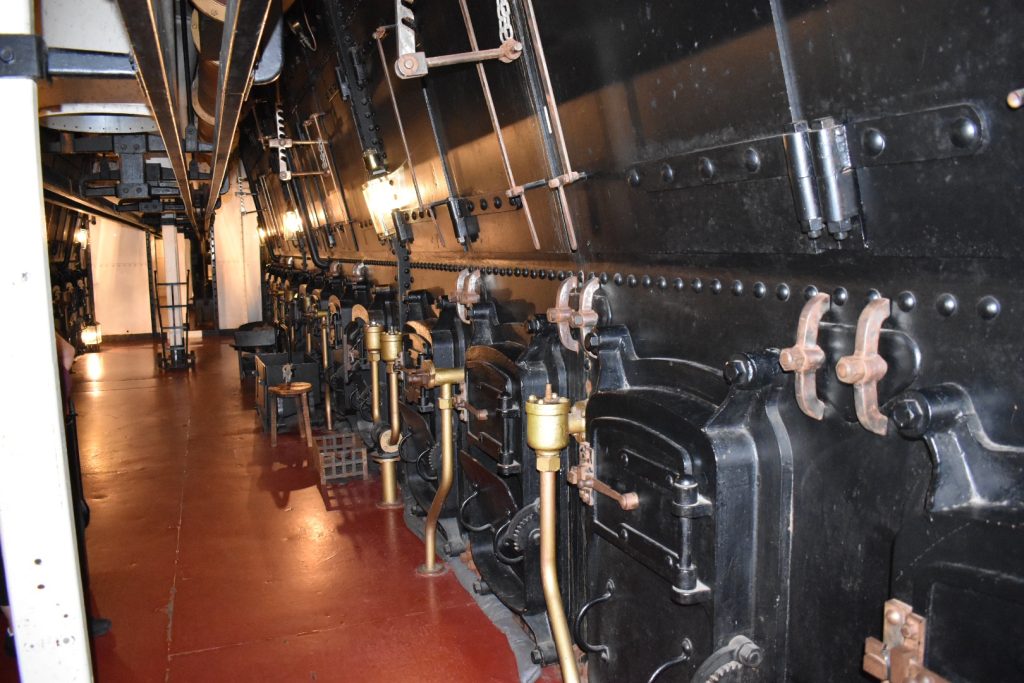
It had a complement of 706 men, in relative comfort as it’s very spacious.
Fun fact, it has four main anchors, weighing 5.6t each, and 121 tons of anchor cable. Raising the anchors required 176 men to man the capstans.
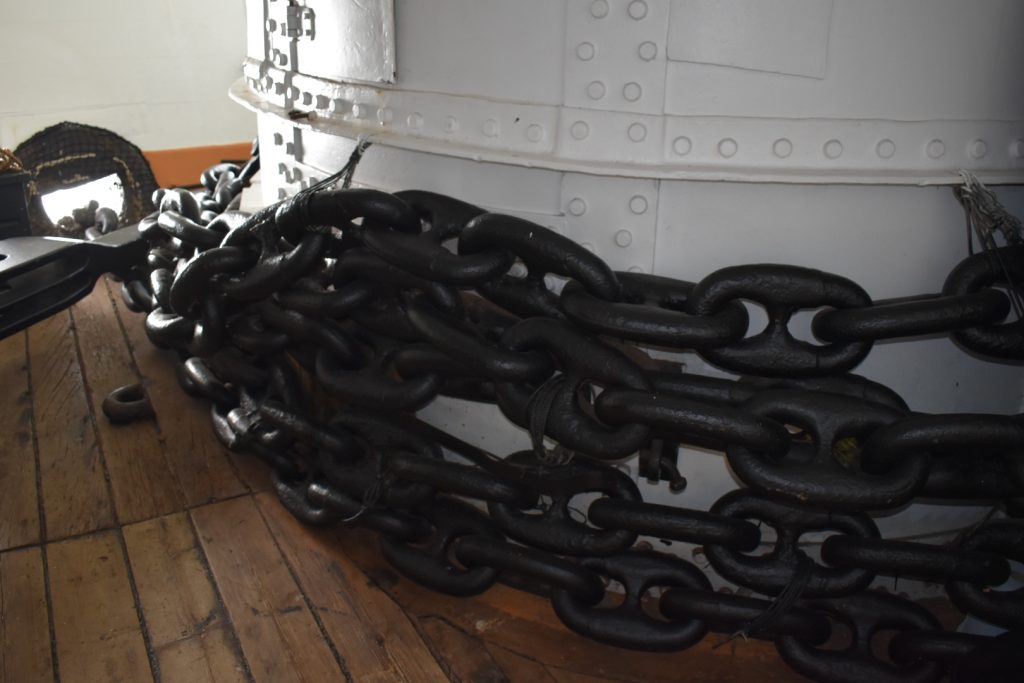
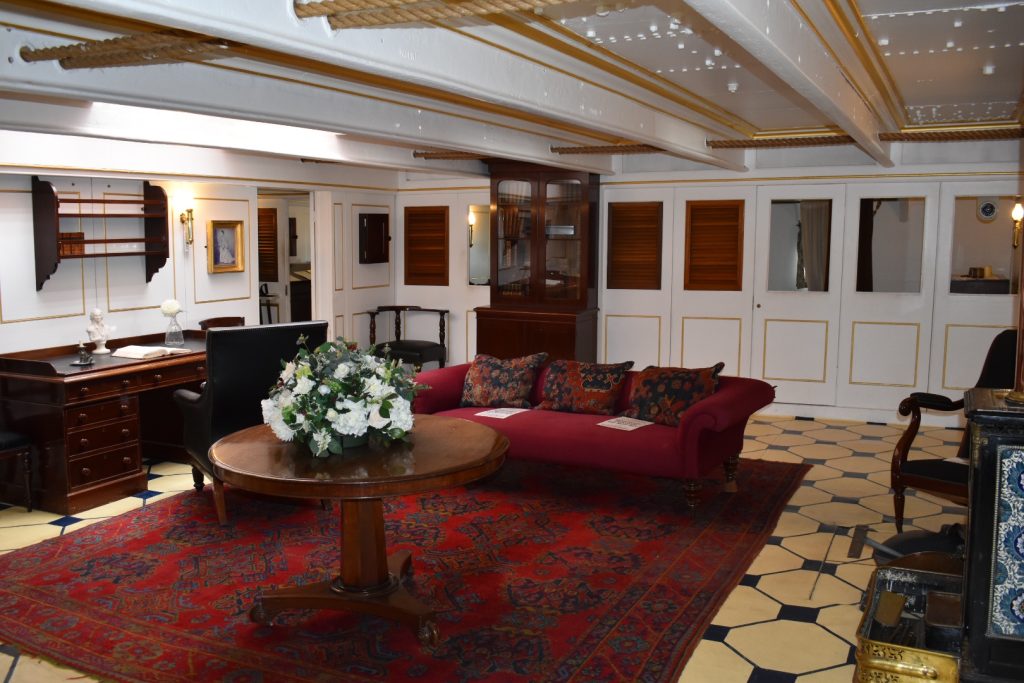

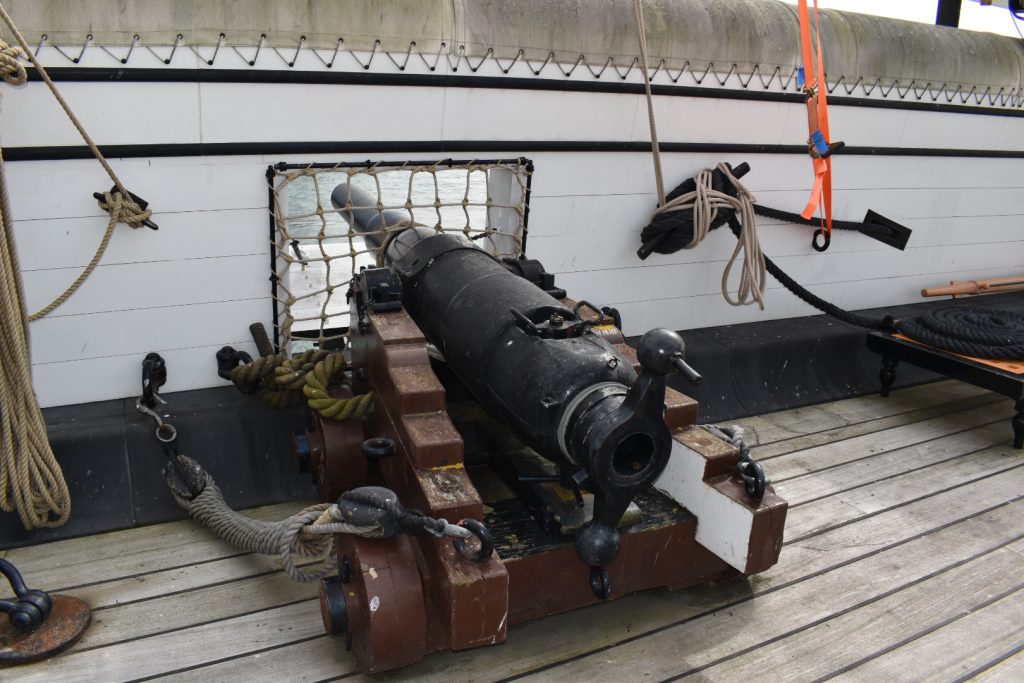
We’ll be back tomorrow for the Victory.

And in an “I’ll be damned moment”, over the road from our lodgings was a blue plaque on the wall. These usually mean someone of significance lived, or died, or maybe passed by there. Who?
Turns out it was the school of Sir Henry Ayers, born in Portsmouth before becoming five-time premier of South Australia and having a large rock in the middle of Australia named after him.
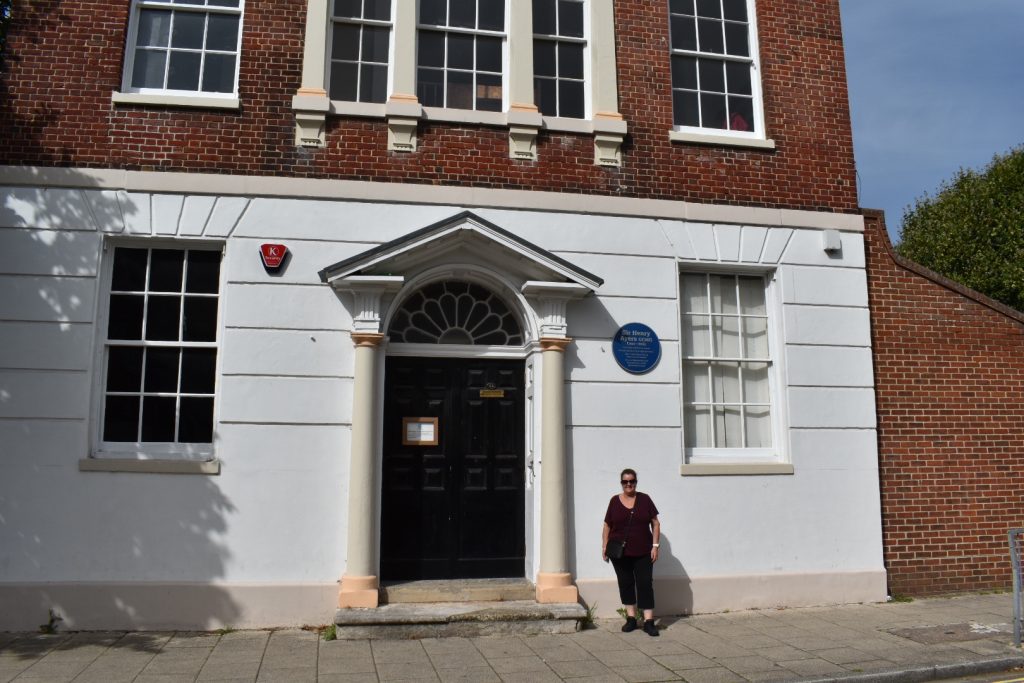
We finished the day with a walk to find Old Portsmouth. We were never sure if we’d found it or not. Lots of walking, not so much old town. We found other things though.
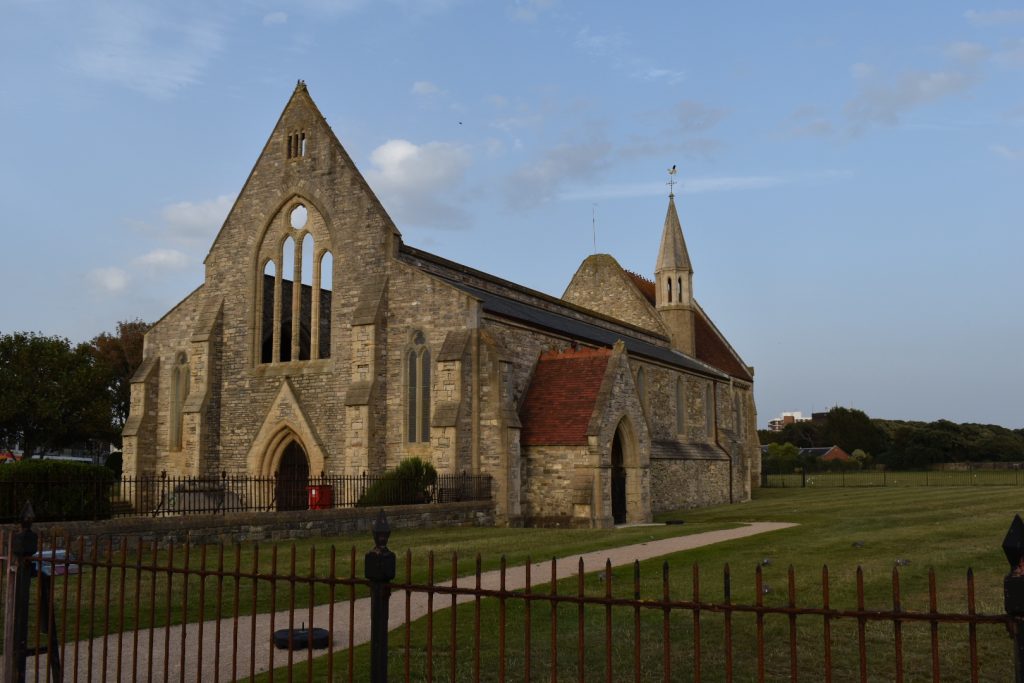
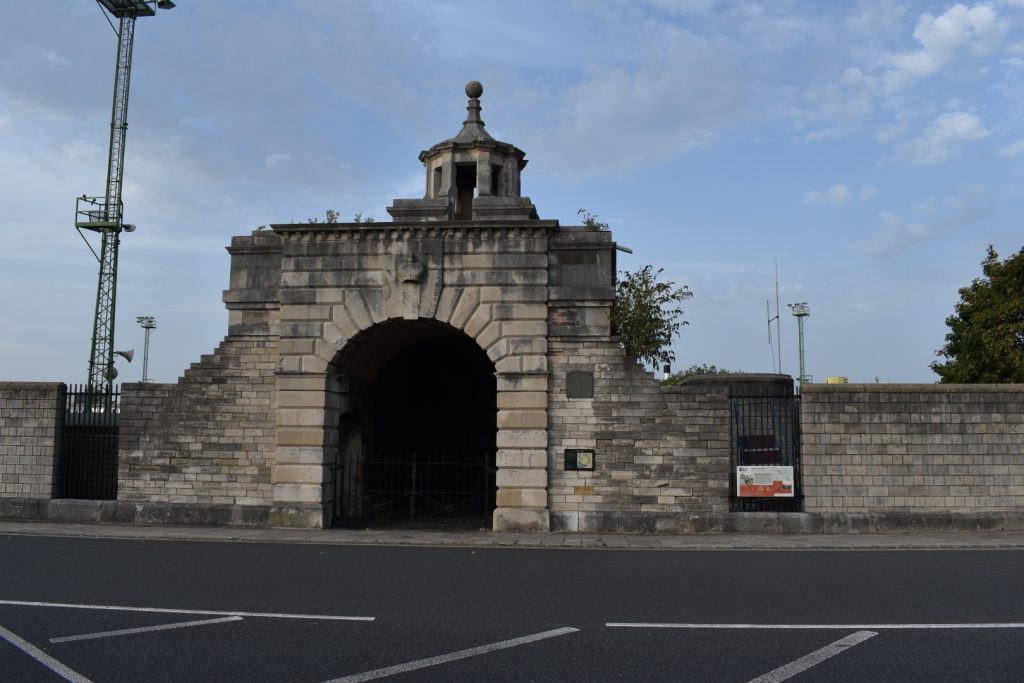
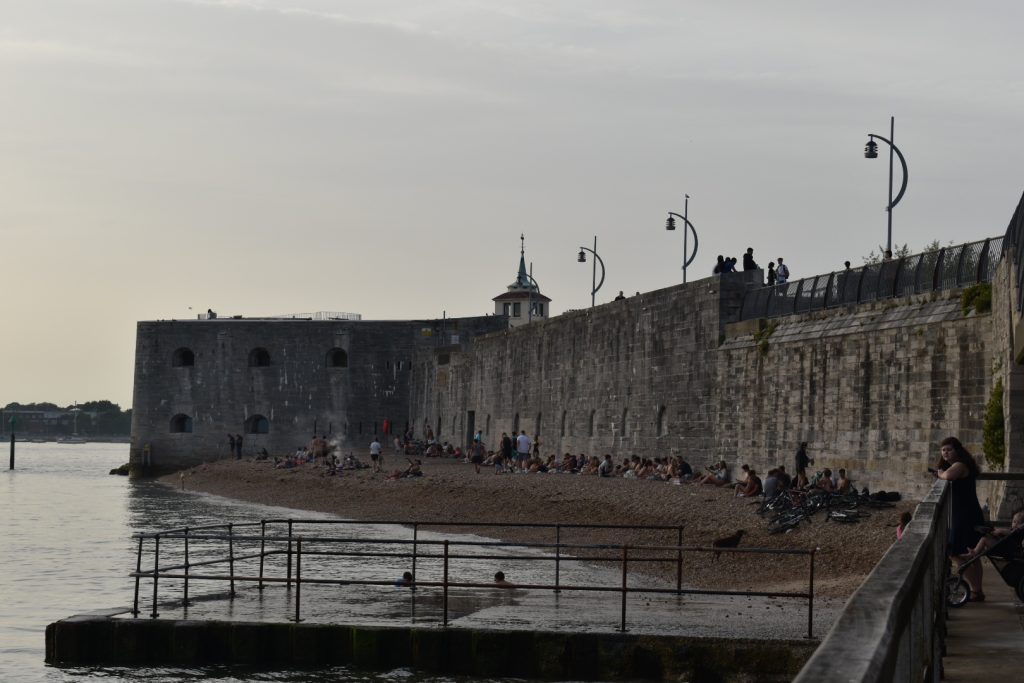
Steve & Michelle

Leave a Reply